Hello, my name is Ian Snapp, and this is the second week of my neuroscience internship at the Scripps DNC. As a quick recap, I am working under the Ye lab studying metabolism within the nervous system. In order to research such a thing, the scope of study has to be on an incredibly minute scale entailing molecular biology and biochemistry.
Procedure Overview
Thankfully, I was able to catch on to the general process used in the lab to study, in this case, neuronal metabolism. Generally, it can be broken down into nine steps: PCR, bacterial transformation, Midiprep (Mini, Midi, and Maxiprep are all the same thing fundamentally, just at different proportions/sizes), another bacterial transformation, another Maxiprep, HEK transfection, viral transduction, neuronal infection, and finally a protein analysis.
Again, the PCR is a polymerase chain reaction. This uses heat to denature dsDNA (double-strand DNA). Then a primer, or a small complementary segment of DNA, is bonded to the target segment of DNA on the template. The template is a sequence of DNA containing a target segment, which is the subject of study. Once this primer is added, another enzyme is used to stretch the primer along the template DNA, forming dsDNA once again. This process is repeated tens of times in order to “amplify” the DNA segment of study.
Now there is an amplified DNA sample, but, as of now, the concentration is much too low to be able to study, so it is put into bacteria to be cloned and copied into a usable quantity. The DNA is transfected into bacteria colonies (most typically an E. coli sample) through a heat shock. When the bacteria is rapidly exposed to heat, it will absorb surrounding DNA in an effort to adapt and survive, which places the DNA sample inside the bacteria. This bacteria is then brought back down to an ideal temperature in an incubator where it reproduces exponentially, cloning the DNA sample with its reproductive cycle. After a couple of days, a large quantity of bacteria has been cultivated, creating a workable amount of DNA.
The DNA is not usable at this moment because it is still suspended inside the bacteria, so a Mini, Midi, or Maxiprep are performed to isolate the DNA (again, the same process at different proportions/sizes). Long story short, this includes dissolving the bacteria, filtering the large particles off in an initial large filter, which leaves the DNA trapped in a second smaller filter below it. This is flushed with several different solutions to remove other contaminants, leaving primarily the DNA in the filter. Finally, the filter is flushed with micro-liters of water (300 micro-liters is what is used in this lab), resulting in a highly concentrated sample of DNA.
I have yet to see or learn much from this point onward, so please take this with another helping of salt.
Now the problem comes of how to get the DNA from this solution into a neuron, or a neuron-like cell. This is accomplished by transduction of a virus with the sample DNA, which then infects a neuron and implants the DNA. However, the lab needs to make its own virus, so steps two and three are used to make copies of DNA samples bought online. Once this is, again, in a usable, high concentration, the DNA is transfected into human embryonic kidney cells (HEK cells). These cells are used because they absorb surrounding DNA like bacteria, reproduce rapidly, and viruses can easily form within them. Once they have been transfected with viral DNA, the HEK cells are programmed (by the DNA) to produce the rest of the viral components, making full-fledged viruses (most commonly AAV or Lentivirus). The last step is to dissolve the HEK cell and concentrate the virus in a similar process to Midiprep.
The virus can be transfected with the DNA sample. This virus is reproductively sterile, meaning it can’t reproduce on its own anymore because of an artificial genetic modification. Removing the genes normally used to reproduce inside a cell both makes it safer to handle and leaves room for that new DNA sample. Neurons or neuron-like cells are infected with this virus, placing the DNA inside the cell, which can result in certain protein expressions. These proteins are a result of the programming the DNA has told the cell to perform, meaning it is the direct result of any modifications.
The last step is to isolate the proteins, perform a Western Blot (or a variation of it), and study how the cell’s consumption of energy correlates to any changes. (I don’t fully understand exactly how the protein is concentrated, so I will try to update that in a future blog). Again, the process used is putting protein-rich solutions in a gel suspended in a buffer (stable bio-friendly solution), which a current is induced in. The current pulls the proteins to the negative or positive terminal (depending on the charge of the protein), which can be faster or slower depending on the size of the protein. This sorts the proteins, which can then be selected, resuspended, and tested further to determine a really well-educated guess as to what they are composed of (things on this scale are rarely observed with certainty).
Thank you for reading through that. It helps to explain the activities I perform throughout the week with the bigger context required.
I finished all my training and policy reading, so I was allowed to do some hands-on work, but a lot of this week was spent watching others perform procedures and doing more personal learning.
Monday
On Monday, I watched Leyao perform a Western Blot variation. She isolated the desired segment of protein and put it into a large machine, which I forgot to catch the name of, that shined a bright light and determined its size and concentration in the protein solution.
After that, I watched another cell splitting, which is just expanding neuron-like cell colonies into larger containers with new, nutrient-rich solutions so the cells can replicate further.
Once I went home, my family and I hung out for the last night of our vacation.
(Sorry, I don’t have a picture for Monday).
Tuesday
Today, my family left back to Colorado, leaving me alone for the last five weeks of my internship.
Once I got to work, I got to perform my first hands-on activity, a Midiprep. This was used to isolate and concentrate three different DNA samples from the bacteria colonies I helped prep last Friday. After that, I did my best to read some research papers and left back home to relax and catch up on some missed sleep.
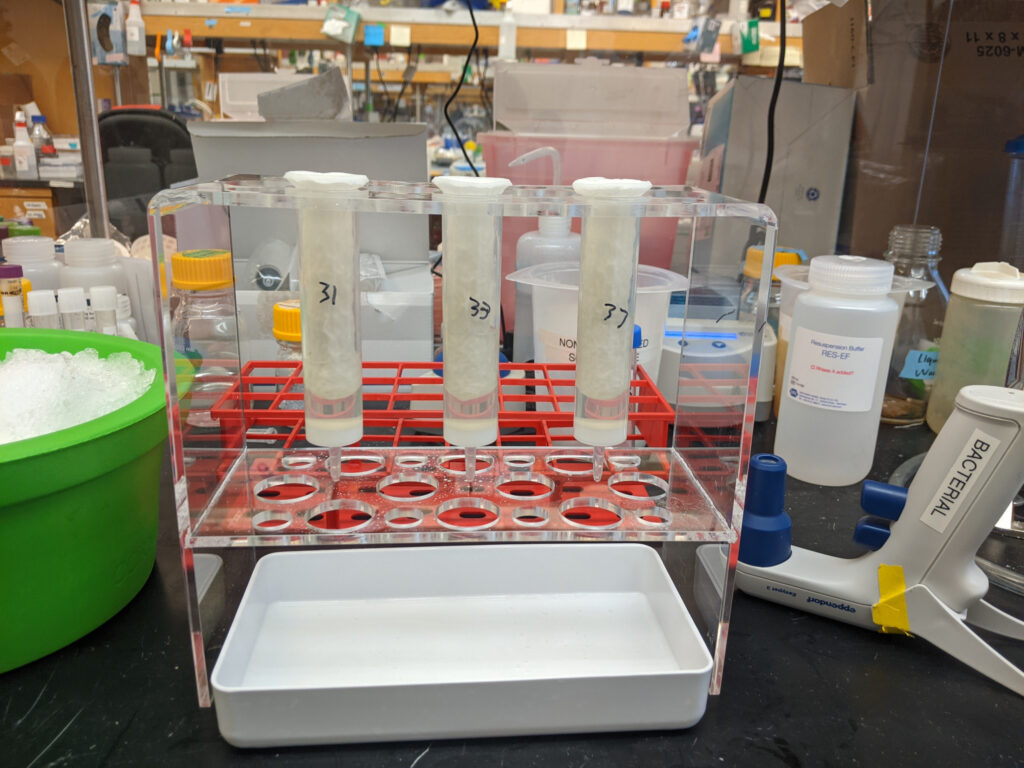
I isolated the DNA for the 31, 33, and 37 samples that will later be inserted into neurons via AAV.
Wednesday
Wednesday was relatively short. Dawn and I just transfected bacteria with Adeno-Associated Virus (AAV) DNA, which will be copied by the bacteria and later isolated. Other than that, I just read some more of the research papers and researched more on some basic biology.
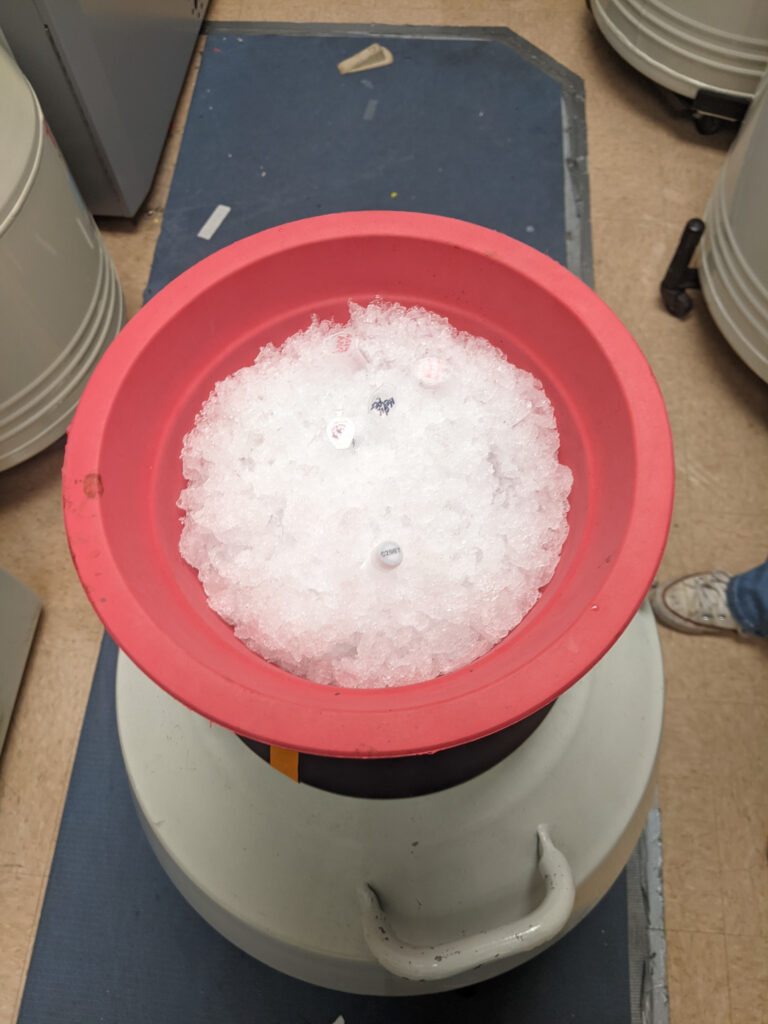
We were bringing the AAV DNA out of cryo-storage (liquid nitrogen) to be cloned in bacteria cultures.
Thursday
On Thursday, I watched Leyao do another protein analysis, helped Dawn expand the bacteria colony we prepared yesterday, and washed some glassware. This ended up being a relatively short day for everyone, so we all left the lab somewhat early.
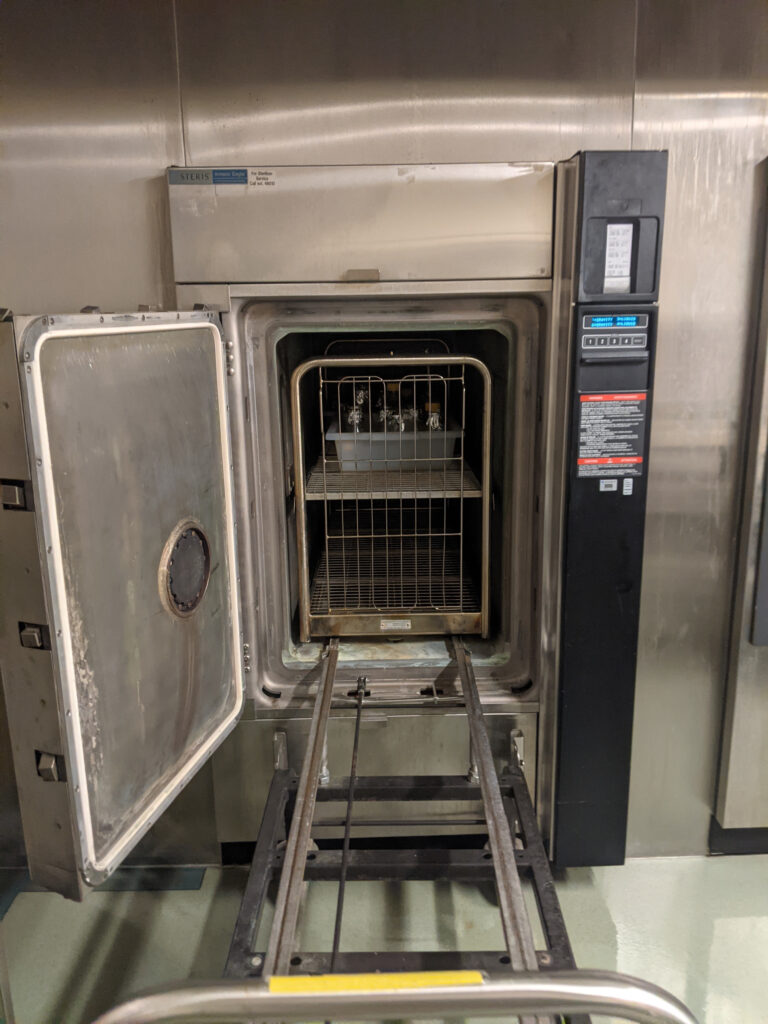
This was me autoclaving/heat sterilizing the glassware after cleaning them.
Friday
To top off the workweek, I did another Midiprep, isolating the AAV DNA suspended in the bacteria colony we have been cultivating. That didn’t take all day, so I made some more LB broth (Luria-Bertani broth which is the last names of the people who developed the commonly used mixture), read some papers, and got to leave a little early.
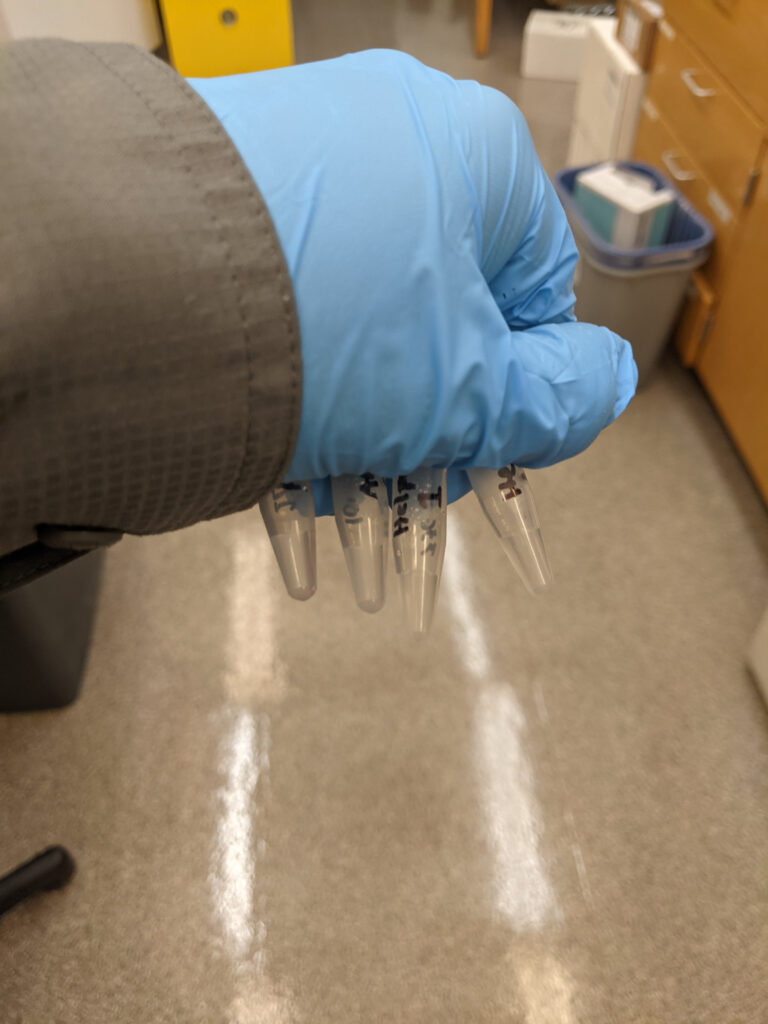
These are the final AAV DNA solutions that I isolated with the Midiprep procedure.
Saturday
For most of Saturday, I relaxed at home and tried to plan out what activities I can do for the rest of my internship, including a potential LA trip next weekend. After that, I went out and explored the UTC mall with the other interns in the area: Katie, Luke, Philip, and Siena, which was all set up by Katie, so a big thanks to her.
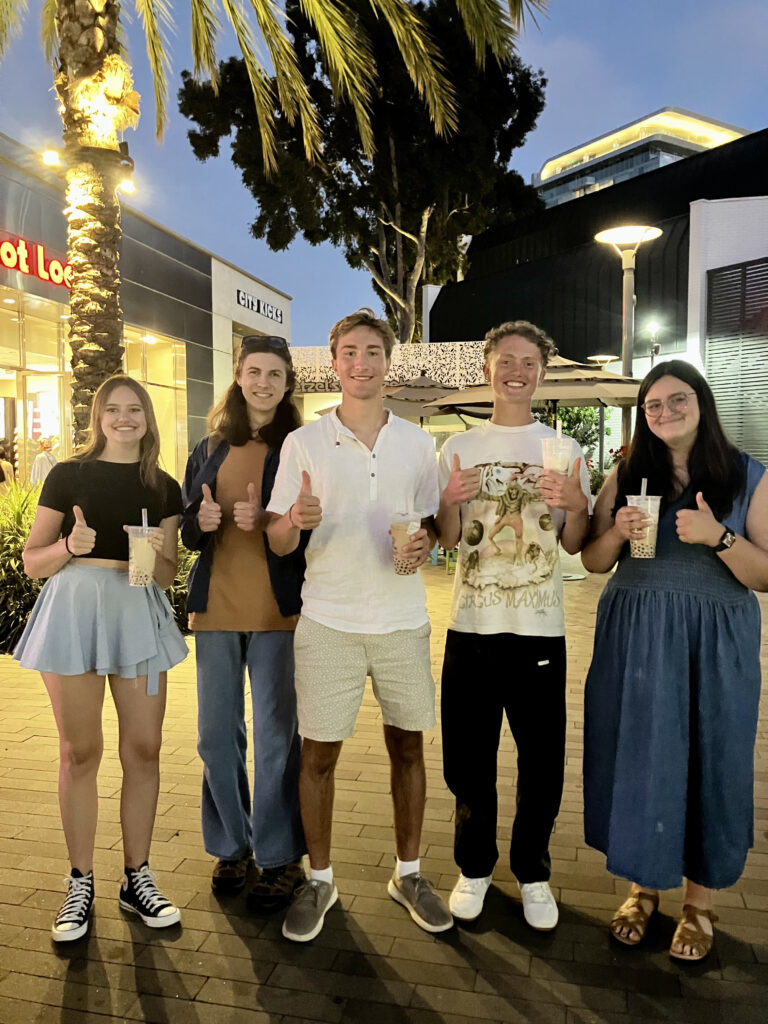
This is the picture we had taken of the five of us hanging out in the UTC mall.
Thank you for making it through another blog post,
Ian Snapp

There are no comments published yet.